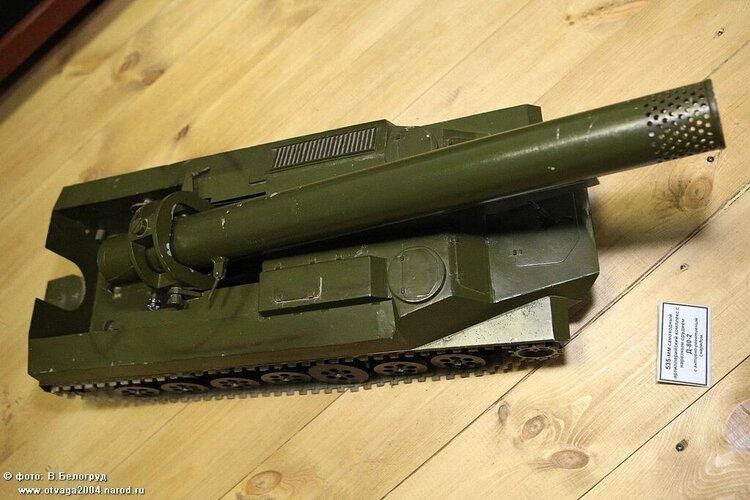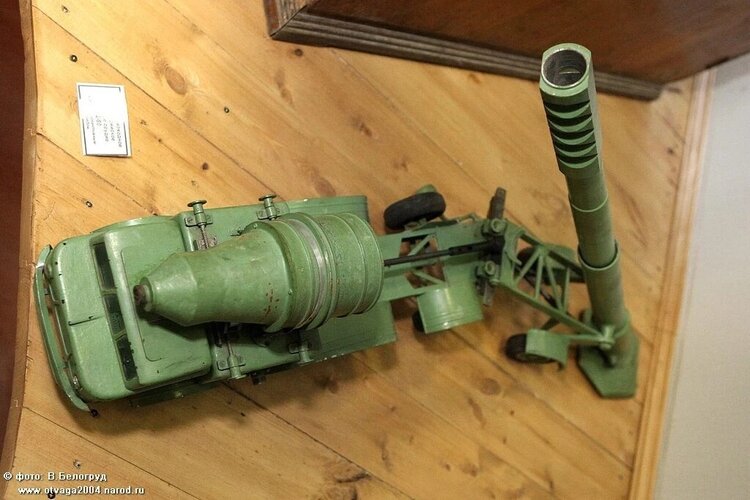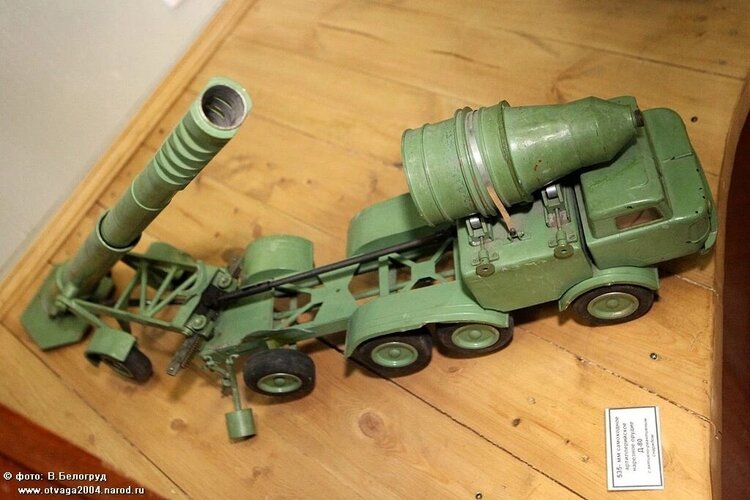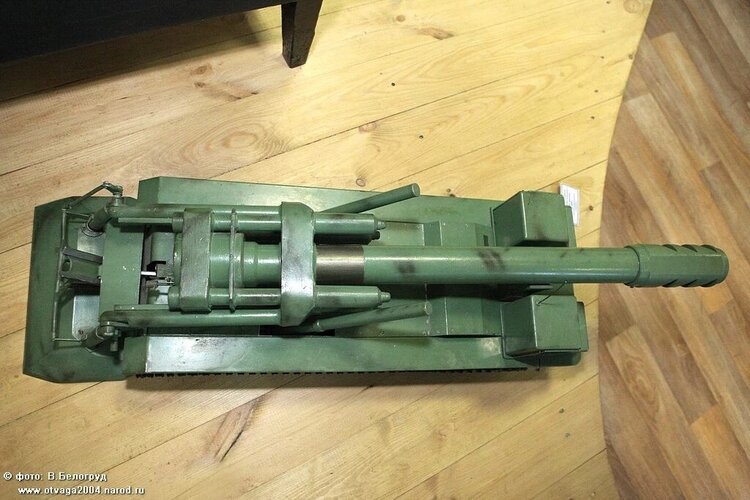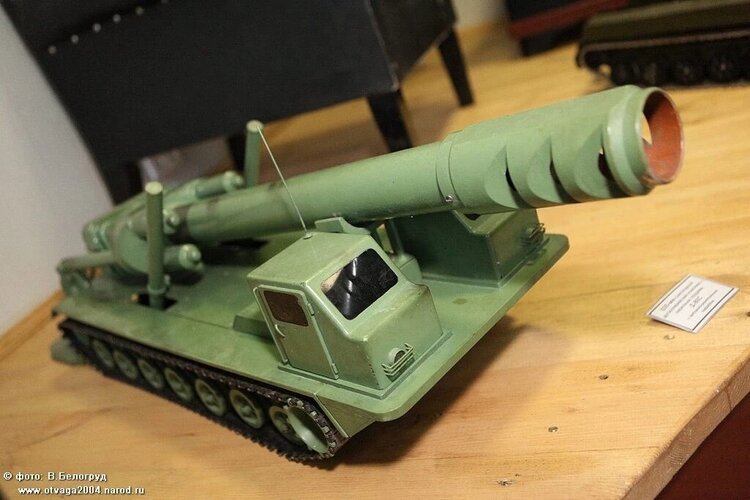shin_getter
ACCESS: Top Secret
- Joined
- 1 June 2019
- Messages
- 1,113
- Reaction score
- 1,500
Russian wiki:
 ru.wikipedia.org
ru.wikipedia.org
Another Site:
 vestnik-rm.ru
vestnik-rm.ru
Selected Translated text:





------
Wonder how much range/payload you can get out of a system like this with modern tech, and how much lighter/cheaper would shells be compared to a comparable rocket projectile. It should be easy enough to calculate if someone have a spreadsheet already built.
САУ с 535-мм орудием Д-80 на базе ЗИЛ-135Л — Википедия
Another Site:
Д-80С: малоизвестная советская самоходка ядерного апокалипсиса
Д-80С: малоизвестная советская самоходка ядерного апокалипсиса
Selected Translated text:
Its first version was essentially “self-propelled-towed”. The mortar-type gun-launcher was wheeled and was towed by a ZIL-135L tractor. The trailer had a rigid hitch with the tractor. On the roof of the tractor there was a 4-round rotating magazine with shots. Loading was carried out from the muzzle - on the mortar.... The D-80 ammunition included a high-explosive fragmentation round with a projectile weighing 905 kg and an expelling charge weighing 144 kg. They were fired at a range of 5 to 13 km. The effect was to correspond to the explosion of a one-ton aerial bomb. And three types of shots with active-rocket projectiles, weighing also 905 kg. ARS could be fired with expelling charges with muzzle velocities of 500, 330 and 250 m / s. In this case, the maximum charge weight was 144 kg, and the maximum pressure in the channel was 1025 kg / cm2. After departure from the bore, its own solid-propellant jet engine was turned on. At the same time, the firing range was from 5 to 75 km. The weight of the propellant is 286 kg, the engine operation time is 14.8 s. The ARS warhead weighed 450 kg. ARS was supposed to have warheads: high-explosive, cluster or "special" nuclear warhead AA22, the same one that was used on the 9M21B projectile of the Luna-M complex. The calculated circular probable deviation of the ARS at the maximum range was 550 m.
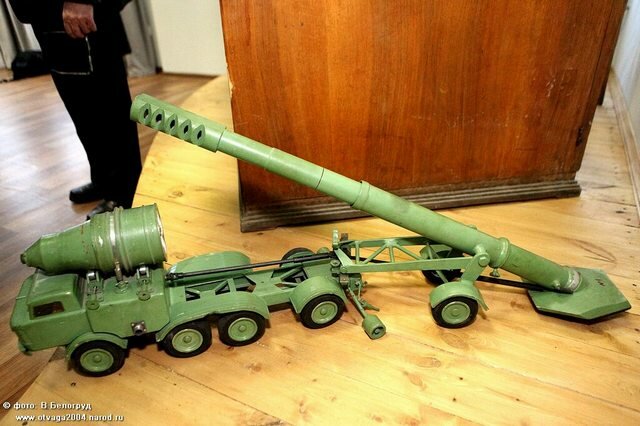
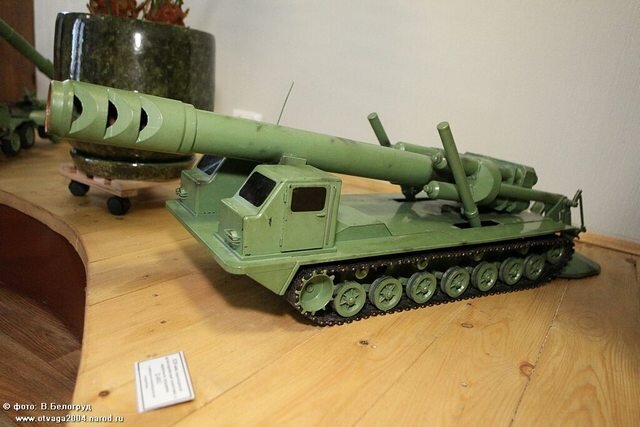
Work continued on the project under the name D-80-2. The Kharkiv heavy tractor MT-T (Product 429) was used as a chassis. The system itself was also improved - it received breech loading and recoil devices with a long stroke. A plate lowered to the ground was still used as a stop. In general, the scheme that was subsequently implemented when creating the ACS 2S4 "Tulip".
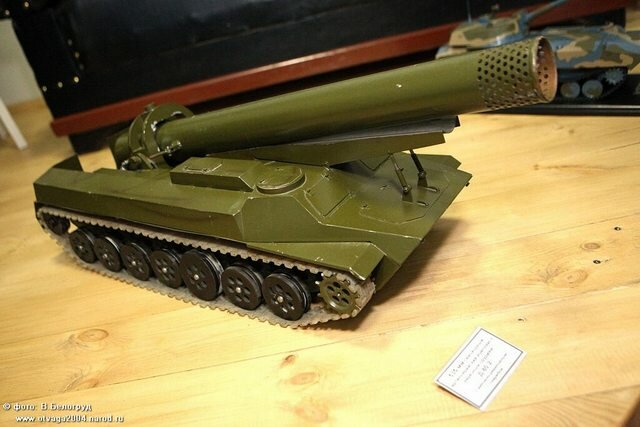
abandoning the use of conventional shells in favor of ARS. As a chassis for the D-80S, the Kharkov light tracked armored transporter MT-LB was again used, modified in terms of the use of a hydropneumatic suspension with variable ground clearance. In the firing position, the tractor lay down on the ground with its bottom and by itself turned into a base plate.
Shirokorad writes that the shooting should have been carried out with active-rocket projectiles weighing 930 kg. The muzzle velocity of the projectile is 450 m / s. The firing range is from 5 to 65 km. Warhead weight 420 kg. Variants of the use of high-explosive, cluster and special warheads were considered.
However, the data of OKB-9, given in the reporting album dated 1971, give slightly different figures: the weight of the projectile is 905 kg, the maximum firing range is 60 km, the muzzle velocity of the projectile is 425 m / s.
Launcher weight with 50% fuel filling and without calculation. According to Shirokorad's data, it was 15 tons. According to the reported data of the Design Bureau, the combat weight of the ACS was "approximately" 16 tons. What can be called an outstanding result for a system of this power. Let me remind you that in comparison with the D-80-2, the weight has been reduced almost 2 times!
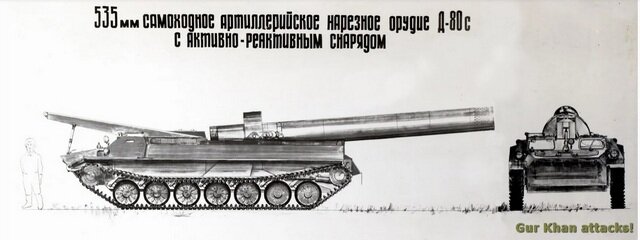
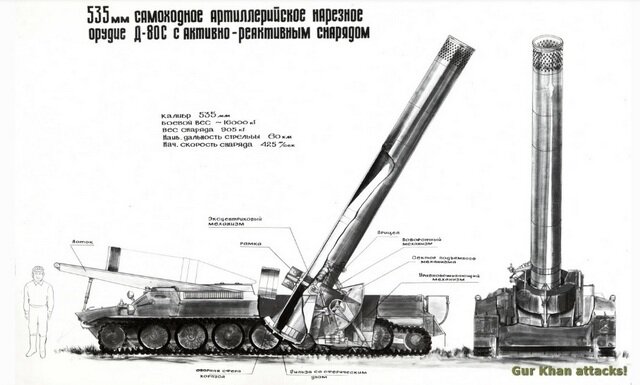
------
Wonder how much range/payload you can get out of a system like this with modern tech, and how much lighter/cheaper would shells be compared to a comparable rocket projectile. It should be easy enough to calculate if someone have a spreadsheet already built.
Last edited:

